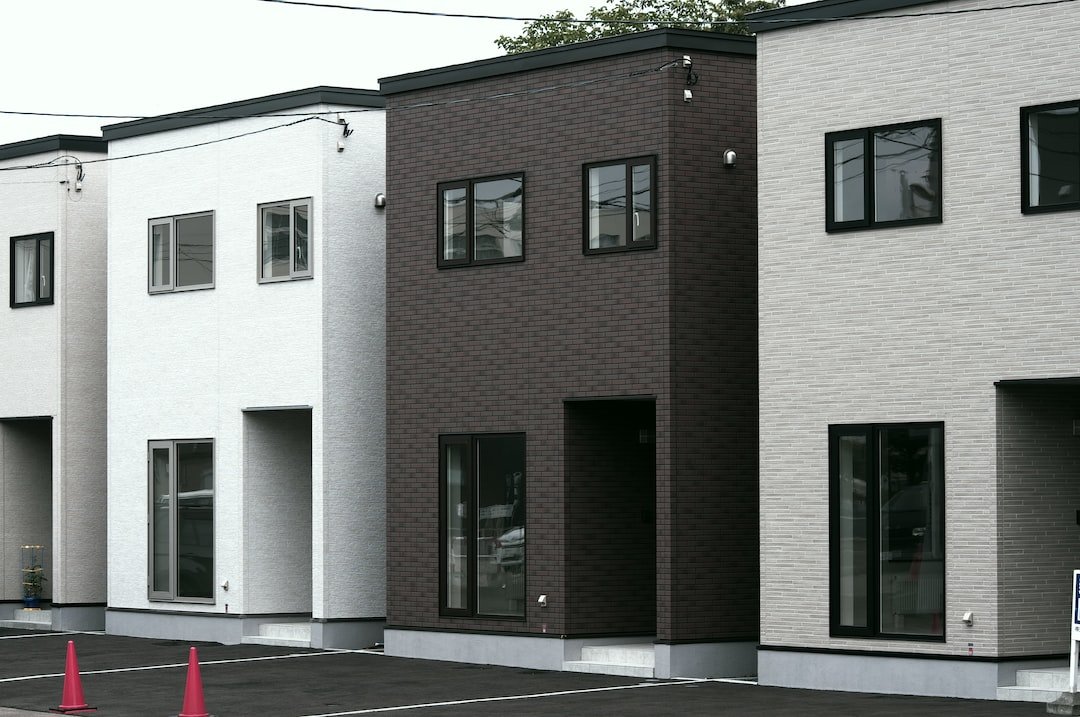Understanding Mortgage Options: Fixed-Rate vs. Adjustable Rate
When it comes to buying a home, one of the most important decisions you will have to make is choosing the right mortgage option. With so many options available, it can be overwhelming to determine which one is best for you. Two common types of mortgages you may come across are fixed-rate and adjustable-rate mortgages. In this blog post, we will explore the differences between the two and help you understand which one may be a better fit for your needs.
Fixed-Rate Mortgages: Stability and Predictability
A fixed-rate mortgage is a loan in which the interest rate remains the same for the entire term of the loan, typically ranging from 15 to 30 years. The biggest advantage of a fixed-rate mortgage is the stability and predictability it offers. With a fixed interest rate, your monthly mortgage payment remains the same throughout the life of the loan, providing you with a clear understanding of your financial obligations.
This stability makes planning for the future much easier, as you can budget your monthly expenses without worrying about unpredictable fluctuations in interest rates. Moreover, fixed-rate mortgages are ideal for buyers who plan on staying in their homes for a longer period of time, as they are less likely to be affected by market fluctuations.
Adjustable-Rate Mortgages: Flexibility and Potential Savings
Unlike fixed-rate mortgages, adjustable-rate mortgages (ARMs) have interest rates that can fluctuate over time. Typically, ARMs have a fixed interest rate for an initial period, usually three, five, seven, or ten years, before transitioning into an adjustable interest rate that can change annually or semi-annually based on market indexes.
The primary advantage of an adjustable-rate mortgage is the potential for lower initial interest rates compared to fixed-rate mortgages. This can result in lower monthly payments during the initial fixed period, allowing borrowers to save money in the short term. However, it is important to note that once the initial period ends, the interest rate can increase, potentially causing higher monthly payments.
ARMs are generally recommended for borrowers who plan on selling their homes or refinancing before the initial fixed-rate period ends. Moreover, if you expect interest rates to decrease in the future, an ARM can be a wise choice as your monthly payments may decrease over time.
Choosing the Right Mortgage Option for You
When deciding between a fixed-rate and adjustable-rate mortgage, it’s important to consider several factors. These include your financial situation, future plans, and risk tolerance.
If you value stability, predictability, and the ability to budget for the long term, a fixed-rate mortgage is likely the better option. With fixed payments, you won’t have to worry about potential rate hikes and can plan your finances accordingly.
On the other hand, if you are more comfortable with some fluctuation in your monthly payments and expect to sell your home or refinance in the near future, an adjustable-rate mortgage could be a suitable choice. Just be aware of the potential for rising interest rates after the initial fixed period.
Ultimately, understanding the pros and cons of each mortgage option and assessing your own financial goals and risk tolerance will help you make the right choice. Consulting with a mortgage professional can also provide valuable guidance when navigating through the numerous mortgage options available in the market.
In conclusion, choosing the right mortgage option is a crucial decision on your journey to homeownership. Whether you prefer the stability of a fixed-rate mortgage or the flexibility of an adjustable-rate mortgage, carefully considering your financial goals and future plans will help you make an informed choice that aligns with your needs and priorities.

